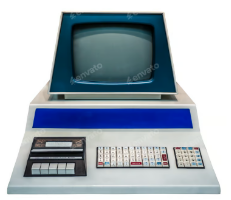The world’s first computer, often cited as a significant early example, is the Analytical Engine, designed by Charles Babbage in the 1830s. Although it was never completed during his lifetime, the Analytical Engine is considered the conceptual predecessor to modern computers. Here are some key points about it:
- Design: The Analytical Engine was intended to be a general-purpose mechanical computer. It featured components analogous to modern computers, including an arithmetic logic unit, control flow through conditional branching and loops, and memory.
- Input and Output: The machine was designed to take input using punch cards, a method inspired by the Jacquard loom, which used similar technology for weaving patterns. Output could be provided through a printer, a curve plotter, or a bell.
- Ada Lovelace: Ada Lovelace, an English mathematician, is often recognized as the first computer programmer because she wrote what is considered the first algorithm intended for implementation on the Analytical Engine. Her notes included ideas about the potential of computers extending beyond mere calculation.
- Mechanical Limitations: The Analytical Engine was never completed due to financial and technical difficulties, as Babbage’s designs were incredibly ambitious and complicated for the technology of his time.
- Influence on Future Computing: Although the Analytical Engine was never built, its design principles laid the groundwork for future developments in computing, making Babbage and Lovelace pioneering figures in computer science.
Another notable contender for the title of the first programmable computer is the Z3, built by German engineer Konrad Zuse in 1941. It was an electromechanical, programmable computer that used telephone switching equipment and was capable of performing a variety of calculations.
While these early machines differ in operation and technology, they played critical roles in the evolution of computers as we know them today.
